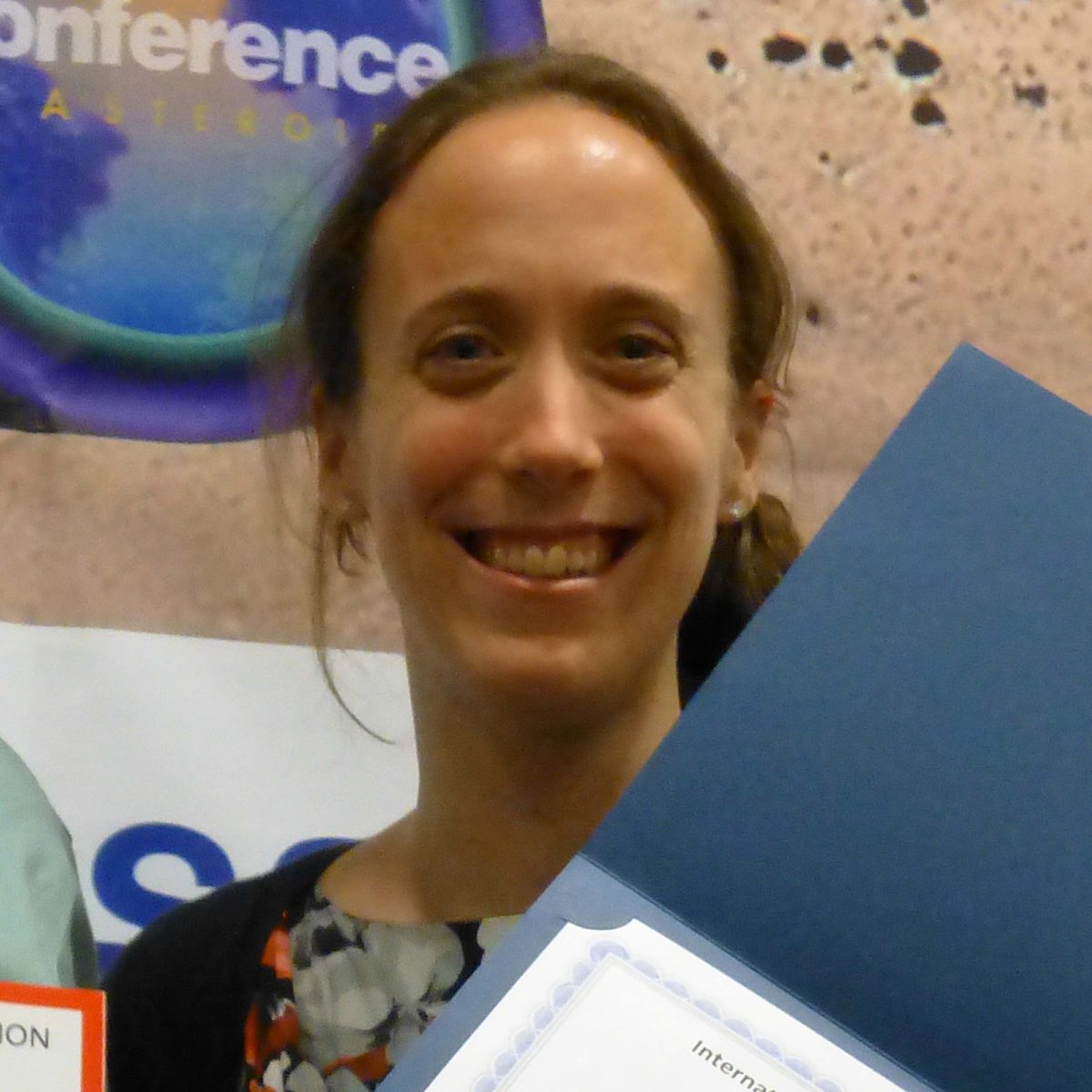Planetary Radio • Apr 29, 2013
Kindred Spirits: Alison Gibbings and Carolyn Shoemaker at the Planetary Defense Conference
On This Episode

Alison Gibbings
Laser Bees Researcher for University of Glasgow

Carolyn Shoemaker
Astronomer
Our special coverage of the 2013 Planetary Defense Conference in Flagstaff, Arizona continues as we visit with two conference attendees who, though they are nearly six decades apart in age, share a love of planetary science and protecting Earth from asteroids. Alison Gibbings works on the Laser Bees project at the University of Glasgow. She, Max Vasile and others on their team are developing a non-contact technique for diverting Near Earth Asteroids that will rely on space-based, solar-powered lasers. Their work is supported by the Planetary Society. Carolyn Shoemaker has discovered more comets than any other living astronomer. The group includes Shoemaker-Levy 9 that plunged into Jupiter in 1994. Though well over 80, she was an enthusiastic and honored participant in the PDC. You’ll also hear all our regular contributors: Emily Lakdawalla, Bill Nye and Bruce Betts.
Related Links
- Laser Bees
- 2013 Planetary Defense Conference
- VIDEOS: Here's the Complete PDC Public Event
- BLOG: This Week at the Planetary Defense Conference
- BLOG: Saving the World: Shoemaker NEO Grant Winners Announced
- Emily's Blog: Colorizing Space Images
Trivia Contest
This week's prize is Bill Nye the Science Guy's voice on your answering system!
This week's question:
What is the spectral centerline of the sodium doublet? (The answer is numerical.)
To submit your answer:
Complete the contest entry form at http:planetary.org/radiocontest no later than Monday, May 6, at 2pm Pacific Time.
Last week's question:
What is the name of the pioneering planetary geologist who did the first detailed geological mapping of Meteor Crater in Arizona? He was also central to the determination that it was caused by an impact, along with lunar and other craters.
Answer:
The answer will be revealed next week.
Question from the week before:
What is the diameter of Meteor Crater in Arizona?
Answer:
About 4,000 feet or 1.19 km or 3.84356424 x 10 ^ -14 Parsecs or 2319 cubits


 Explore Worlds
Explore Worlds Find Life
Find Life Defend Earth
Defend Earth

